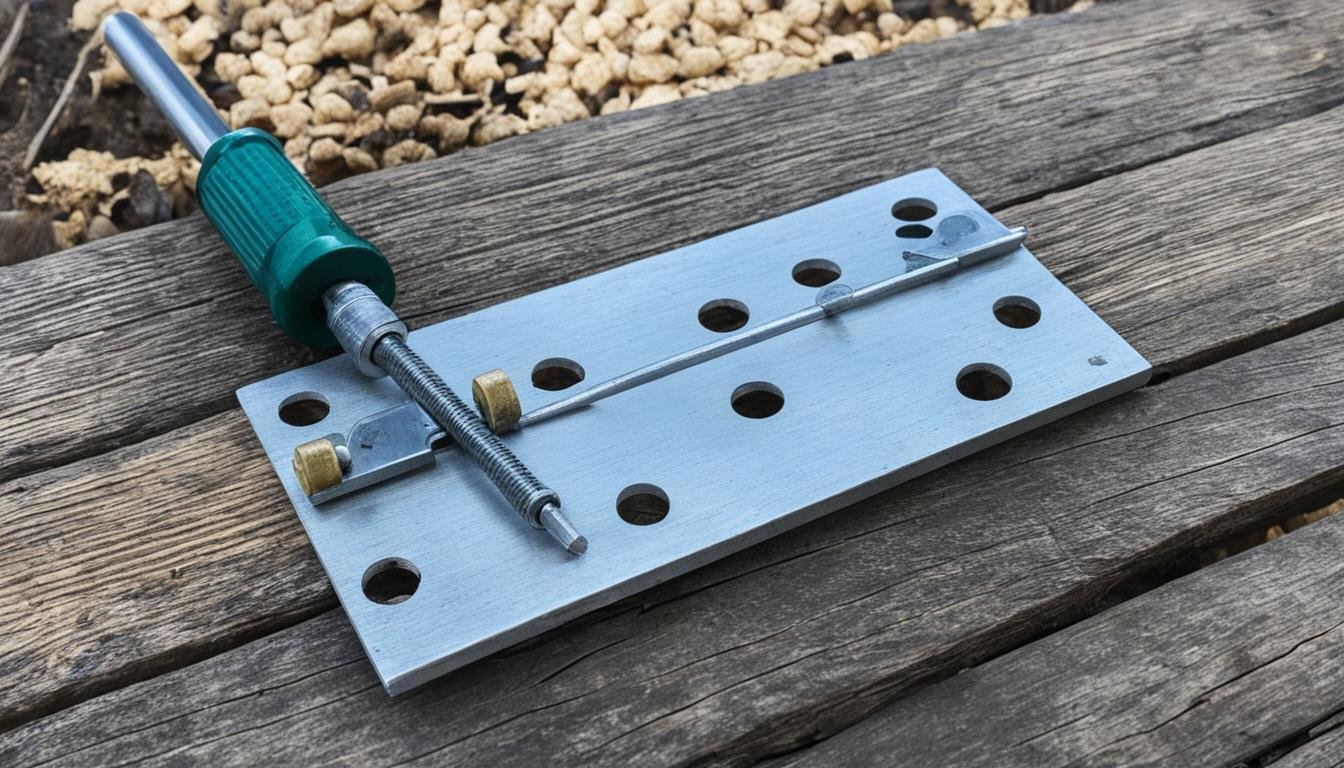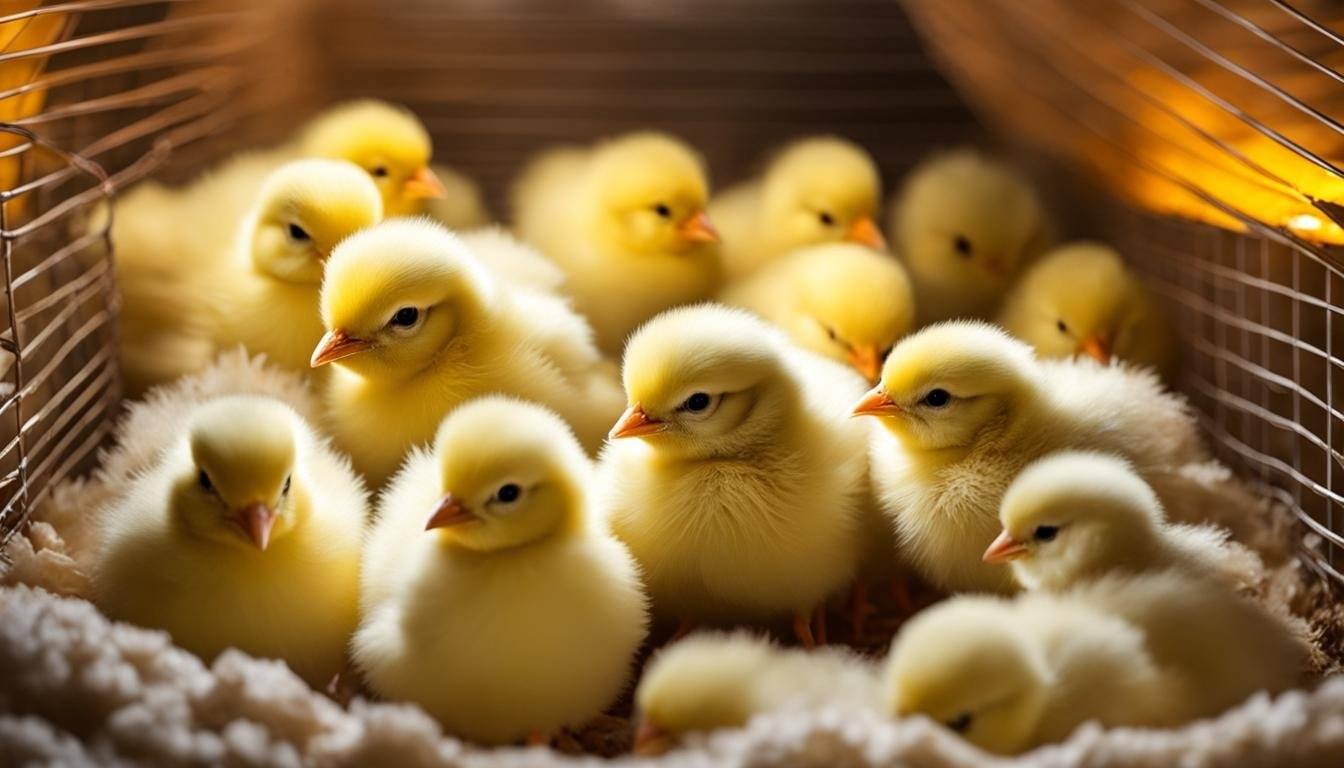When winter comes around, it’s important to make sure your backyard flock is prepared for the freezing temperatures. One of the key steps in winterizing your chicken coop is to properly insulate it. Insulation helps regulate temperature, keeps the coop cozy, and improves overall comfort for your chickens. In this article, we will explore different methods and ideas for insulating your chicken coop effectively.
Deep Cleaning and Necessary Repairs
Before insulating your chicken coop, it’s crucial to start with a clean slate. Deep cleaning is an essential step that ensures a fresh environment for your flock and minimizes the risk of disease. To accomplish this, follow these key steps:
- Remove all bedding: Start by removing all the bedding from the coop. This includes straw, wood shavings, or any other material used. Dispose of the bedding properly to prevent the spread of pathogens.
- Sweep out debris: Once the bedding is removed, thoroughly sweep out any debris such as feathers, droppings, and dirt. A clean coop will not only provide a healthier environment but also help prevent pest infestation.
- Scrub down all surfaces: Use a mild detergent or poultry-friendly cleaner to scrub down all surfaces in the coop. Pay special attention to walls, floors, and roosting areas. This will help remove any remaining dirt, bacteria, or parasites.
After deep cleaning the coop, it’s essential to inspect it for any necessary repairs. Addressing these repairs before insulation will help maintain the integrity of the coop throughout the winter months. Here are some areas to check:
- Cracks and gaps: Look out for any cracks or gaps in the walls, windows, or doors. These openings can compromise insulation and allow drafts, moisture, and pests to enter the coop.
- Holes or damage: Inspect the coop for any holes or damage that may have occurred over time. This can include holes in the flooring, damage to the chicken wire, or any other structural issues that need to be repaired.
- Roof condition: Check the condition of the coop’s roof. Look for any leaks, loose shingles, or areas where water can seep in. Repairing any roof issues will help keep the coop dry and prevent water damage.
By deep cleaning your chicken coop and addressing necessary repairs, you’ll create a clean and well-maintained environment for your flock. This sets the foundation for effective insulation and ensures the comfort and health of your chickens during the winter months.
Choosing the Right Bedding and Insulation Materials
When it comes to insulating your chicken coop, selecting the appropriate bedding and insulation materials is crucial. A well-insulated coop not only keeps your chickens warm during the winter months but also helps maintain a comfortable and healthy environment for them. Let’s explore the best options for bedding and insulation to ensure optimal insulation in your chicken coop.
1. Bedding Options
Providing proper bedding is an essential aspect of insulation in a chicken coop. By choosing the right bedding materials, you can create a warm and cozy environment for your flock. Here are some popular options:
- Straw: A thick layer of straw offers excellent insulation and helps regulate temperature inside the coop. It provides a soft and comfortable surface for your chickens and helps retain heat effectively.
- Wood Shavings: Wood shavings are another great choice for bedding. They offer good insulation properties and absorb moisture effectively, keeping the coop dry and warm. Make sure to use shavings that are free from toxins or chemicals.
- Other Materials: In addition to straw and wood shavings, you can explore other materials like pine needles, shredded leaves, or even shredded paper. These materials can also provide insulation and bedding comfort for your chickens.
2. Insulation Materials
Insulating the walls and roof of your chicken coop is equally important for maintaining optimal warmth. Here are some common insulation materials you can consider:
| Insulation Material | Benefits |
|---|---|
| Spray Foam Insulation | Provides excellent coverage, seals gaps effectively, and offers high thermal insulation. |
| Fiberglass Insulation | Offers good thermal insulation, widely available, and can be installed easily. |
| Recycled Insulation | Environmentally friendly option, offers good insulation properties, and reduces waste. |
| Repurposed Styrofoam | Provides insulation and helps repurpose single-use materials like packaging foam. |
By choosing the right insulation materials, you can effectively seal gaps and ensure your chicken coop remains well-insulated throughout the winter.
Remember to regularly inspect and replace bedding materials to maintain cleanliness and optimal insulation in your chicken coop. Additionally, ensure proper ventilation to prevent any moisture buildup that can compromise the effectiveness of the insulation.
Now that you have a better understanding of the importance of bedding and insulation materials, you can create a cozy and warm environment for your feathered friends during the cold winter days!
Ventilation for Airflow and Moisture Control
While insulation is important, proper ventilation is equally crucial for a well-insulated chicken coop. Good ventilation helps remove stale air, moisture, and ammonia while maintaining a fresh, healthy environment. It plays a vital role in preventing the buildup of harmful bacteria and disease, ensuring the overall well-being of your flock.
When it comes to chicken coop ventilation, it’s important to find the right balance between airflow and moisture control. Ventilation holes should be strategically placed at the top of the coop to allow for gentle airflow while preventing drafts that may cause discomfort to the chickens. This ensures optimal ventilation without compromising their warmth and comfort.
One of the key benefits of proper ventilation is moisture control. Excess moisture in the chicken coop can lead to a range of issues such as fungal growth, respiratory problems, and increased ammonia levels. By allowing for adequate airflow, you can prevent the accumulation of moisture, keeping the coop dry and maintaining a healthier environment for your chickens.
The Importance of Ventilation vs Drafts
It’s essential to make a clear distinction between ventilation and drafts in your chicken coop. While ventilation provides controlled airflow to maintain a healthy environment, drafts can create unwanted cold air currents that make your chickens uncomfortable and susceptible to illness.
Here are some key differences between ventilation and drafts:
| Ventilation | Drafts |
|---|---|
| Regulates temperature and removes stale air | Creates uncontrolled air currents |
| Prevents moisture buildup | Allows cold air to enter the coop |
| Improves air quality and reduces ammonia levels | Causes discomfort and potential health issues for chickens |
By understanding the difference between ventilation and drafts, you can ensure that your chicken coop maintains optimal airflow without compromising the warmth and well-being of your flock.

Proper ventilation is essential for maintaining a healthy chicken coop environment. It helps control moisture, improve air quality, and prevent the buildup of harmful bacteria, ensuring the well-being and comfort of your chickens.
Waterers and Winter-Ready Equipment
In order to ensure the well-being of your chickens during the cold winter months, it’s crucial to keep their water supply thawed and provide them with the necessary equipment. Here are some essential waterers and winter-ready equipment that you should consider:
Heated Chicken Waterers
Heated chicken waterers are specifically designed to prevent water from freezing. These waterers come with built-in heating elements that keep the water at a suitable temperature, ensuring a consistent water supply for your chickens, even in freezing temperatures. With a heated chicken waterer, you can eliminate the hassle of constantly replacing frozen water and ensure that your flock stays hydrated.
Heater Bases
Heater bases are another effective solution for keeping chicken waterers from freezing. These bases are placed under the waterer and generate enough warmth to prevent the water from turning into ice. Heater bases are a cost-effective option that can be used with standard waterers.
Chicken Coop Heaters
Installing a chicken coop heater is essential for maintaining a warm environment for your birds. These heaters are specifically designed to regulate the temperature inside the coop, ensuring that it remains within a comfortable range for your chickens. Chicken coop heaters come in various types, including radiant heaters, ceramic heaters, and infrared heaters.
Automated Feeders
Investing in automated feeders can make your winter routine a lot easier. These feeders provide a consistent supply of food for your flock, reducing the need for frequent trips to the coop. By eliminating the need for manual feeding, automated feeders save you time and effort during the chilly winter months.
By choosing the right waterers and winter-ready equipment, you can ensure that your chickens have access to fresh, thawed water and a warm environment throughout the winter season.

Benefits of Waterers and Winter-Ready Equipment:
- Prevents water from freezing
- Ensures a consistent water supply
- Keeps chickens hydrated
- Maintains a warm environment in the coop
- Reduces the need for frequent trips to the coop
Insulating Roosts and Checking the Yard
Properly insulating your chicken coop goes beyond just the walls and roof. Insulating the roosts is equally important to ensure your flock stays warm during chilly winter nights. Using wider boards for the roosts helps protect your chicken’s feet from the cold temperatures. This extra insulation allows their feathers to effectively insulate their bodies while roosting, keeping them cozy and comfortable.
Checking the yard is another crucial aspect of winterizing the chicken coop. Ensuring your chickens have access to direct sunlight during the day can help provide much-needed warmth. Consider trimming any nearby tree branches that may block the sunlight and create shady spots in the coop area. Maintaining sturdy fencing is essential for predator-proofing the coop, keeping your chickens safe from potential threats during the winter months.
Conclusion
Ensuring the optimal warmth and comfort of your flock during the winter months is crucial, and properly insulating your chicken coop plays a key role in achieving this. By following a series of important steps, you can effectively insulate your chicken coop and create a cozy environment for your chickens all winter long.
First and foremost, start by deep cleaning your coop and addressing any necessary repairs. Removing all bedding and debris and scrubbing down surfaces helps maintain a fresh and disease-free environment. By inspecting the coop for cracks, holes, and gaps, you can prevent heat loss and unwanted pest entry, thus optimizing insulation.
Next, carefully select the right bedding and insulation materials. A thick layer of straw or wood shavings insulates the floor, while options like spray foam, fiberglass insulation, or repurposed Styrofoam provide effective thermal insulation for the walls and roof. These materials seal gaps and help regulate temperature inside the coop, ensuring maximum warmth for your chickens.
Proper ventilation is equally important. Install ventilation holes at the top of the coop to allow for gentle airflow without creating drafts. This helps remove stale air, moisture, and ammonia, maintaining a fresh and healthy environment for your flock. By balancing insulation and ventilation, you can achieve the optimal level of warmth and comfort inside the coop.
Lastly, take steps to prepare waterers and winter-ready equipment. From heated waterers and heater bases to chicken coop heaters and automated feeders, these tools ensure your chickens have a consistent supply of water and food during freezing temperatures. Additionally, insulate roosts with wider boards to protect your chickens’ feet from the cold and check the yard for any necessary repairs, reinforcing sections and ensuring predator-proofing.
By following these crucial steps in insulating and winterizing your chicken coop, you can provide optimal warmth, comfort, and safety for your feathered friends throughout the winter season.





